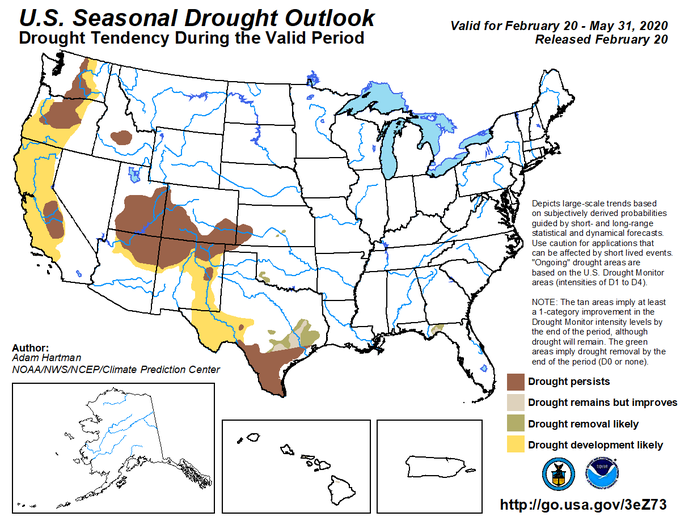You make long lasting friends with fellow plant lovers when you are a member of the Ashland Garden Club ~

Ashland Garden Club Annual Dues: $25 a year for an Individual / $35 for Household. Membership applications are found under the ” Membership” tab on this website.





































